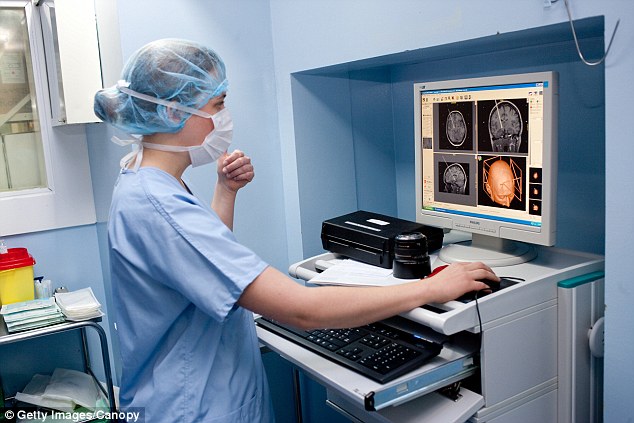
Scientists Are Using the Enzyme That MakesFireflies Glow to Track Brain Cells
Fireflies and other bioluminescence-producing species (e.g. bacteria, jellyfish, worms, sharks) create light through a chemical reaction in their body catalyzed by an enzyme called luciferase. Now, a team of scientists from Vanderbilt University are using a genetically modified form of that same enzyme to make brain cells glow-in-the-dark.
The objective behind getting neurons to emit light is to better observe activity in the brain’s complex neural networks. Existing methods use electrical techniques, which efficiently track individual neurons. But this approach has a restraint: it can only record a limited number of brain cells—the average human brain has about 86 billion neurons—at the same time. Genetically modified luciferase offers a solution to the limitation seen in electrical techniques, as it can simultaneously monitor hundreds of neurons.
The team of scientists, who published their findings in Nature Communications, developed their new technique by merging their knowledge on bioluminescence (based on their previous research of green alga Chlamydomonas, a single cell organism found in water and on damp soil) with a new biological technique called optogenetics—a method that uses light, mostly fluorescence, to control cells in living tissue.
“There is an inherent conflict between fluorescent techniques and optogenetics,” said Carl H. Johnson, a professor of biological sciences who led the research, in a statement. “The light required to produce the fluorescence interferes with the light required to control the cells. Luminescence, on the other hand, works in the dark!”
The scientists took luciferase from a luminescent species of shrimp and genetically modified it to light up when exposed to calcium molecules, which are present in high levels outside of neurons and very low levels inside. But when brain cells receive a signal, the calcium content within the cell temporarily spikes and this shift allows researcher to track neuron activation by monitoring calcium concentrations.
This is only possible if the modified enzyme, the calcium sensor, is inside the cell body of the neurons. The scientists were able to make this feasible by “hijacking” a virus that infects neurons and attaching it to the calcium sensor, allowing it to enter brain cells.
The luminescent enzyme was tested on neurons grown in culture and in brain slices from the hippocampus—the region of the brain responsible for memory and emotion—of mice. In both settings, the sensor was found to be visibly responsive to changing calcium levels.
“We’ve shown that the approach works,” said Johnson. “Now we have to determine how sensitive it is. We have some indications that it is sensitive enough to detect the firing of individual neurons, but we have to run more tests to determine if it actually has this capability.”
SOURCE..motherboard.vice.com








